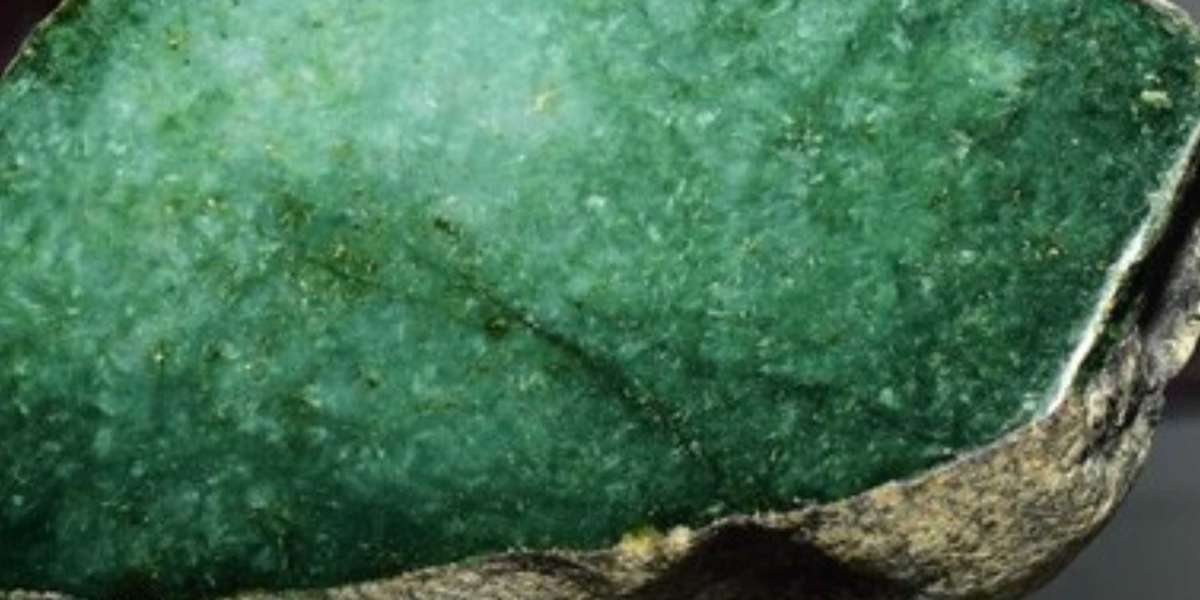What Are Zarigüeyas?
Zarigüeyas belong to the order Didelphimorphia, making them the only marsupials native to the Americas. Unlike placental mammals, marsupials give birth to underdeveloped young that continue growing in their mother’s pouch.
There are over 100 species of zarigüeyas, with the common opossum (Didelphis marsupialis) and Virginia opossum (Didelphis virginiana) being the most well-known. These animals are adaptable and can thrive in forests, grasslands, and even urban areas.
Physical Characteristics of Zarigüeyas
Zarigüeyas have distinctive features that set them apart from other mammals:
- Size: They range from small (like a rat) to the size of a domestic cat.
- Fur: Their fur is coarse, usually gray or brown, with a lighter underside.
- Prehensile Tail: Their long, hairless tail helps them climb trees and carry nesting materials.
- Sharp Teeth: They have 50 teeth, more than any other North American land mammal.
- Opposable Thumbs: Their hind feet have a thumb-like toe, helping them grip branches.
Zarigüeya Behavior and Adaptations
These marsupials have several unique behaviors that help them survive in the wild:
1. Playing Dead (Thanatosis)
One of the most famous defense mechanisms of zarigüeyas is "playing dead." When threatened, they fall over, release a foul-smelling odor, and remain motionless for several minutes to hours. This confuses predators, making them lose interest.
2. Nocturnal Lifestyle
Zarigüeyas are primarily nocturnal, meaning they are most active at night. Their excellent night vision helps them navigate dark environments and find food.
3. Omnivorous Diet
Zarigüeyas are opportunistic feeders and will eat almost anything, including:
✔ Fruits and vegetables
✔ Insects and small animals
✔ Carrion (dead animals)
✔ Garbage and pet food
This varied diet makes them highly adaptable to different habitats.
4. Disease Resistance
Zarigüeyas have a low body temperature, which makes them resistant to many diseases, including rabies. Unlike other wild animals, they rarely contract or spread the virus.
The Importance of Zarigüeyas in the Ecosystem
Despite their reputation as pests, zarigüeyas provide several ecological benefits:
✅ Pest Control: They eat ticks, cockroaches, and rodents, reducing disease-spreading pests.
✅ Scavengers: By consuming carrion, they help clean up the environment.
✅ Seed Dispersers: They eat fruits and spread seeds, helping plant growth.
These contributions make zarigüeyas valuable members of their ecosystems.
Common Myths About Zarigüeyas
❌ Myth: Zarigüeyas are aggressive.
✔ Truth: They are shy and will avoid confrontation unless provoked.
❌ Myth: They are rodents.
✔ Truth: They are marsupials, related to kangaroos and koalas.
❌ Myth: They are dirty animals.
✔ Truth: Zarigüeyas groom themselves frequently, much like cats.
Conclusion
Zarigüeyas are harmless, beneficial creatures that contribute to pest control and ecosystem balance. While their appearance may startle some people, they play an essential role in nature. Next time you see a zarigüeya, remember that they are not pests but helpful allies in maintaining a healthy environment.



